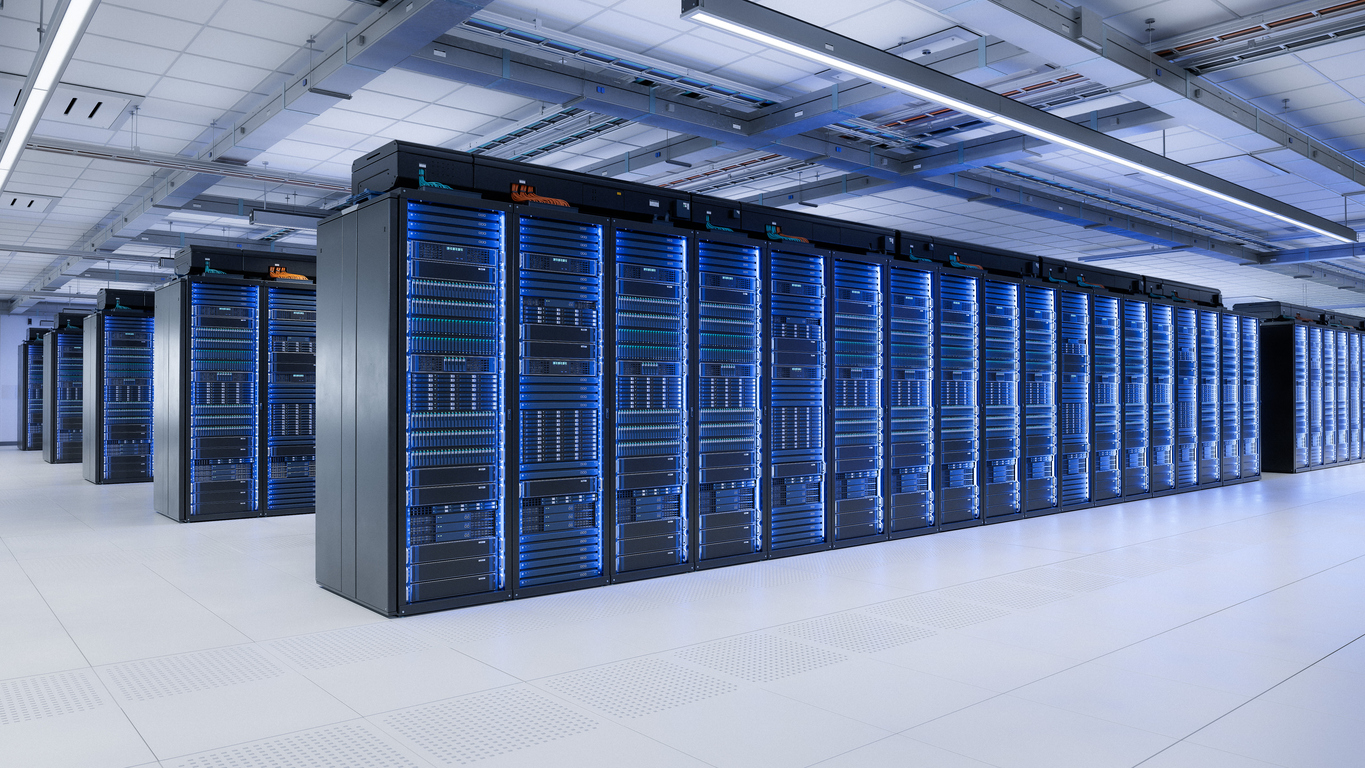
According to CBRE, North Texas now holds the second position among U.S. markets in terms of data center inventory, with growing demand attributed in part to the surge in online activities and the expansion of AI and cloud-based technologies.
Sprouting across vast expanses of suburban areas near Texas’s major urban centers, sprawling windowless structures resembling warehouses are quickly emerging.
These facilities, primarily hosting servers and essential equipment for online activities like video streaming, e-commerce, online banking, and social media, are experiencing a surge in demand. This increased demand is largely driven by the expansion of artificial intelligence and other cloud-based technologies that are integral to modern online lifestyles.
While South Texas, encompassing San Antonio, has experienced consistent growth in its data center inventory, the Dallas-Fort Worth area has surged ahead, establishing itself as a national data hub. According to CBRE, North Texas now ranks second among U.S. markets in data center inventory, with a remarkable 173.1% increase in the latter half of 2023, totaling 565.3 megawatts.
This places it behind northern Virginia, the global data center capital, but ahead of prominent locations like Silicon Valley, Chicago, and Phoenix.
In secondary markets, the Austin-San Antonio region secured the second position with 162.2 megawatts, a 7.5% rise from the second half of 2022. While trailing central Washington, it surpasses regions like Southern California, Seattle, and Houston, the latter ranking fifth with 134.1 megawatts.
Vacancy rates in Dallas-Fort Worth stood at 7.4%, 1.8% in Austin-San Antonio, and 19.7% in Houston, indicating that most of the constructed space is already leased, with any available pockets being quickly occupied.
Texas emerges as a hotspot due to its relatively low power costs compared to other regions, crucial for energy-intensive data centers. Additionally, its accessibility from both coasts, favorable weather conditions, and proximity to essential infrastructure like airports, dams, and water towers contribute to its allure. While land availability is ample, the key lies in securing land with existing or readily available power infrastructure.
Utilities like CPS Energy are preparing for a substantial surge in demand from data centers, necessitating upgrades to accommodate the anticipated consumption. Despite Texas regulations facilitating faster construction of transmission lines, the pace still falls short of industry demands.
In San Antonio and Austin, a concentration of data centers has emerged, attracting major players like Microsoft Corp., Valero Energy Corp., and Amazon. Efforts are underway to direct companies toward less congested areas to balance power loads and avoid infrastructure strain.
The future landscape of data centers will hinge on the distribution and accessibility of power infrastructure, dictating the trajectory of their expansion and development.
Source: Government Technology







